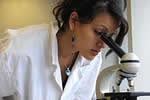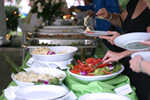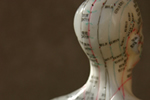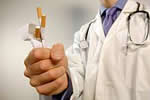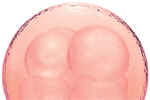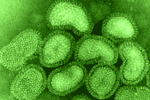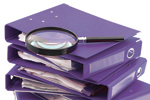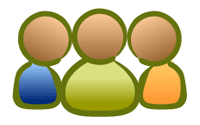Crime Scene Investigation
In this unit, students take on the role of crime scene investigators to solve a murder that has occurred at the school. They will integrate math, science, and language arts into the study of forensic science and associated health science careers such as pathology, forensic science, and medical examination.
In Subunit 1, students are introduced to the unit and the task of crime scene investigation. They will read and analyze a classic mystery, The Blue Carbuncle. Students will also learn about the techniques of various branches of forensic science and how advances in biotechnology have helped to solve crimes.
In Subunit 2, students will learn and apply the various techniques used during a crime scene investigation, including what types of evidence to collect and how that evidence can be used to deduce information about the crime and/or perpetrator. In this unit, students will learn such investigative strategies as measuring stride length from footprints left at the scene to calculate height; using the victim’s temperature to estimate the time of death; and collecting blood and other DNA samples from the scene in order to conduct a variety of biological tests—including blood typing and DNA fingerprinting that can match a suspect to the crime.
In Subunit 3, students examine the results of forensic science. In World History, they examine how forensic science has been used not only to solve individual crimes, but also to shed light on crimes against humanity. In English Language Arts, students interview professionals engaged in various aspects of forensic science. They also will marshal the evidence from their own investigations into a case against the primary suspect. Students will write up their arguments, as well as present them orally.
